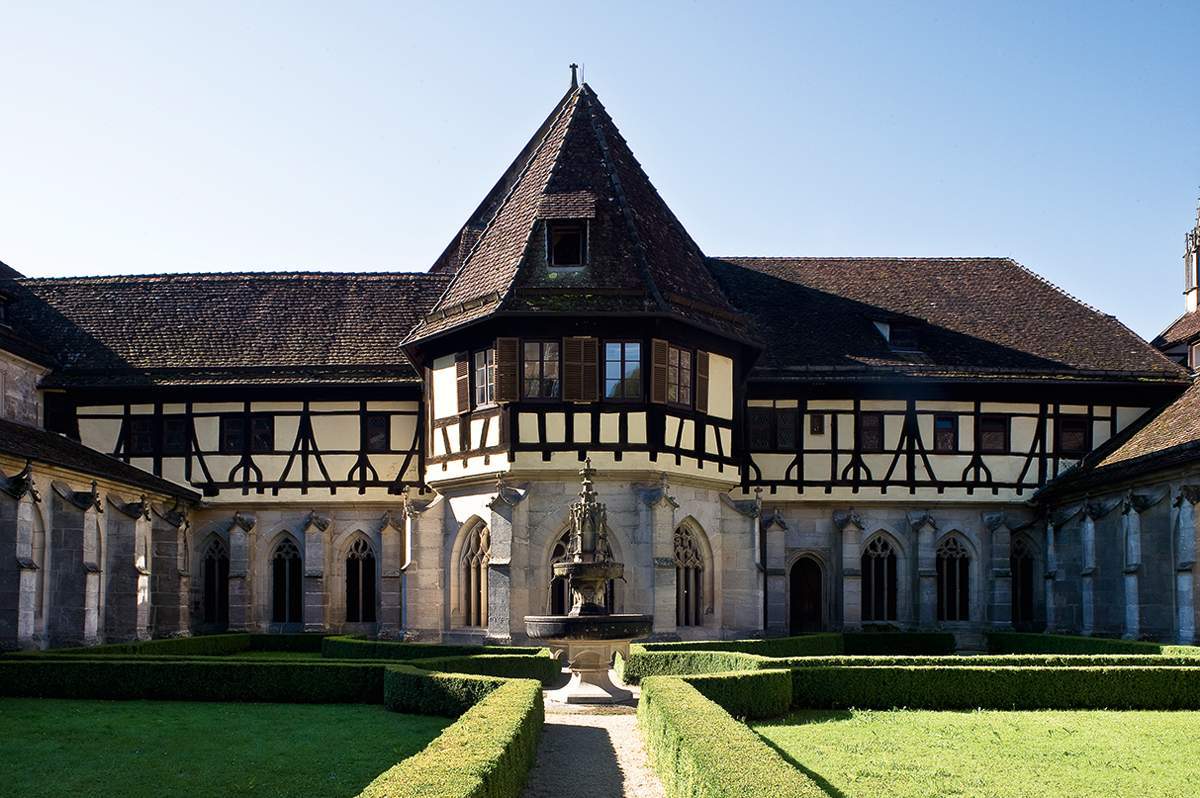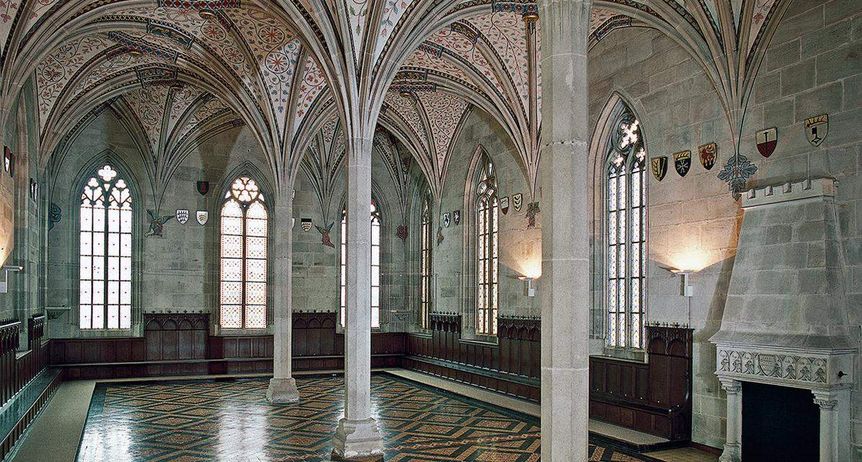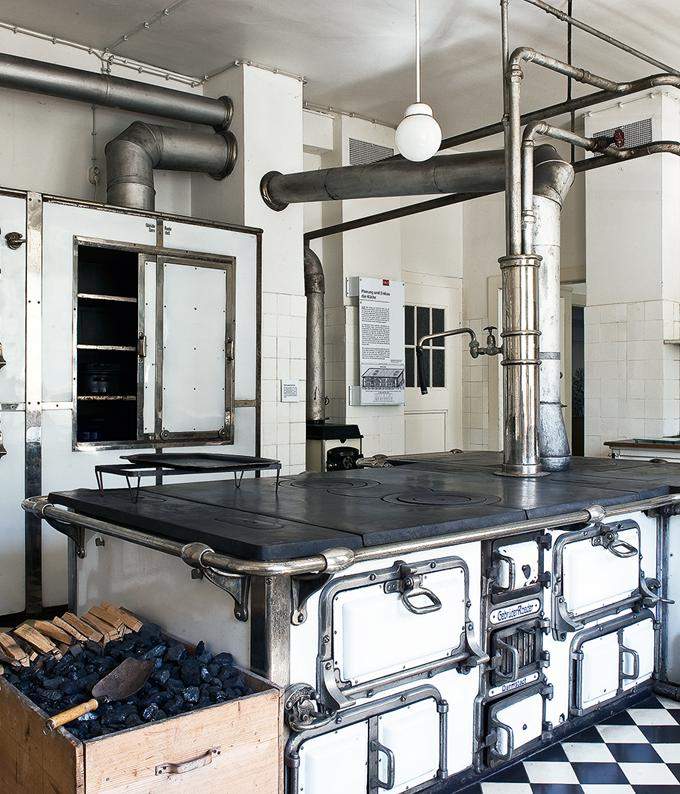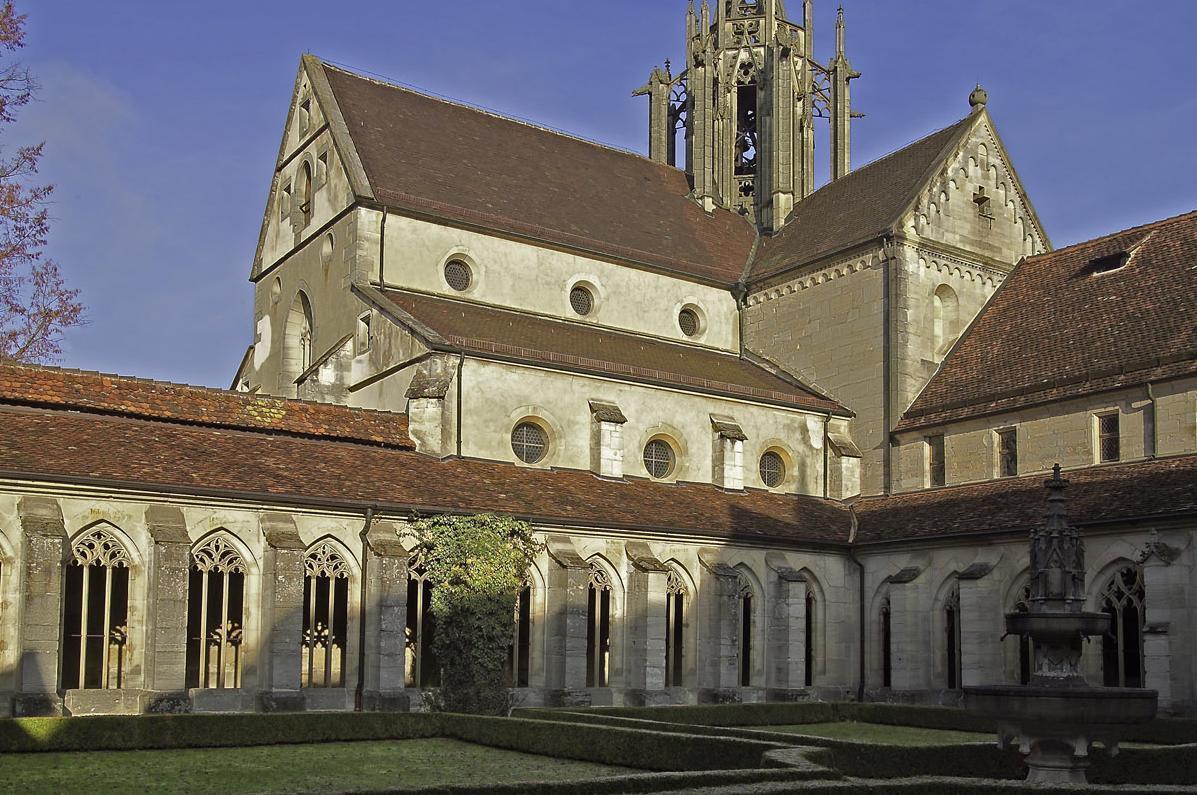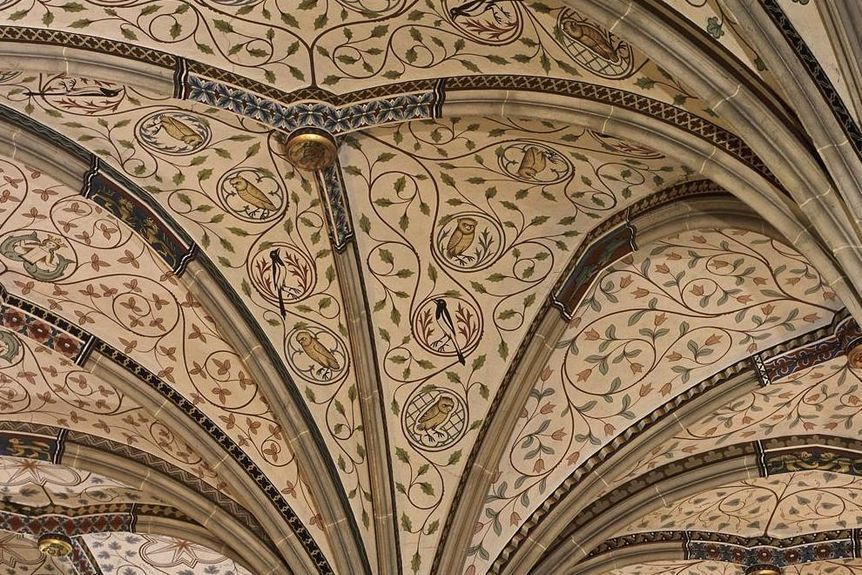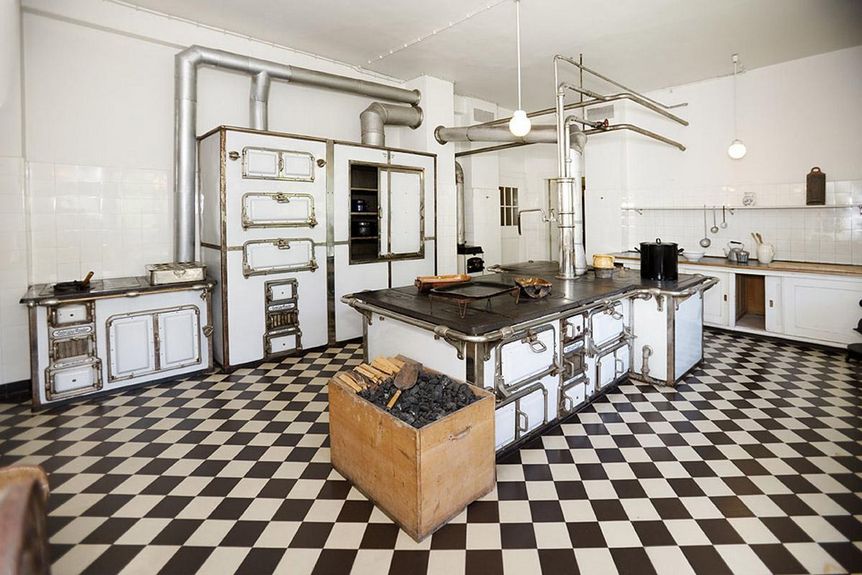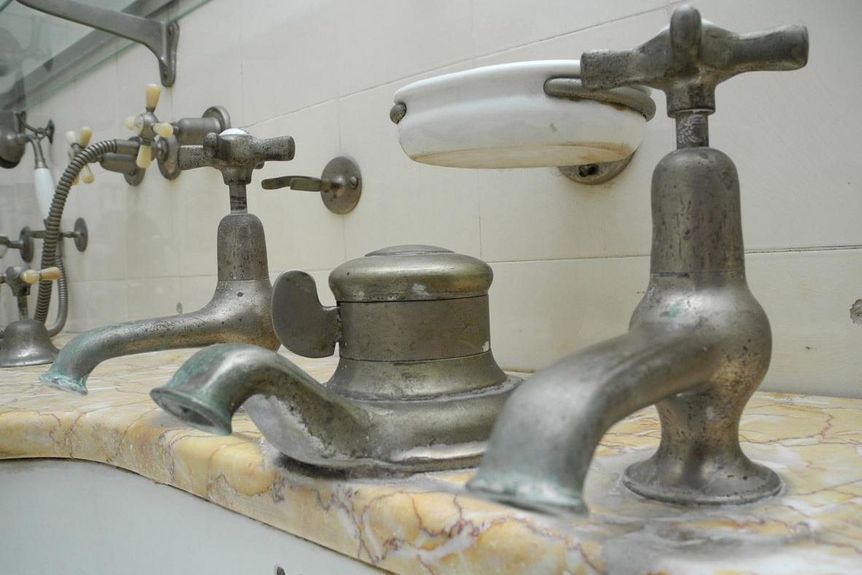Attractively set in a peaceful valley, Bebenhausen Monastery is one of the best-preserved Cistercian abbeys in southern Germany. Founded between 1180 and 1183 by Rudolf, Count Palatine of Tübingen, the abbey was taken over by Cistercians a few years later – and promptly developed into one of the wealthiest monasteries in the region. After the Reformation swept through in 1534, and a boarding school was established in 1560, the number of monks dwindled, until the monastery was finally dissolved in 1648.
The abbey’s idyllic woodland setting also appealed to the kings of Württemberg. Bebenhausen passed into their possession in 1807, when much church property was officially annexed by German states. From 1868, parts of the monastery complex were converted into a royal hunting palace, which became a favourite venue for the monarchs and their entourages.
Today, surrounded by the Schönbuch nature reserve, Bebenhausen vividly conveys the atmosphere of a Medieval Cistercian monastery – offering an experience unmatched anywhere else in southern Germany. Guided tours illuminate the lives of the monks and schoolboys, describe the lavish royal hunting parties and give insights into the buildings’ architectural features. The hunting palace also offers interesting tours.



